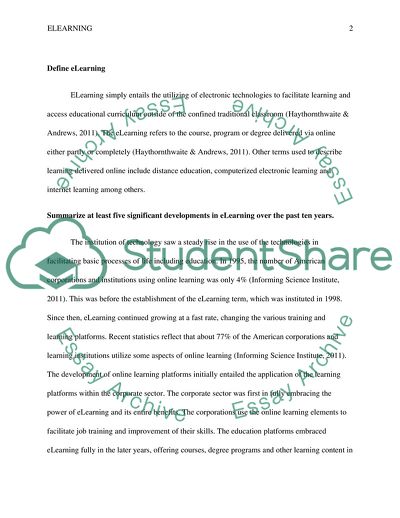Cite this document
(Five Significant Developments in eLearning Report Example | Topics and Well Written Essays - 1250 words, n.d.)
Five Significant Developments in eLearning Report Example | Topics and Well Written Essays - 1250 words. https://studentshare.org/education/1843772-e-learning
Five Significant Developments in eLearning Report Example | Topics and Well Written Essays - 1250 words. https://studentshare.org/education/1843772-e-learning
(Five Significant Developments in ELearning Report Example | Topics and Well Written Essays - 1250 Words)
Five Significant Developments in ELearning Report Example | Topics and Well Written Essays - 1250 Words. https://studentshare.org/education/1843772-e-learning.
Five Significant Developments in ELearning Report Example | Topics and Well Written Essays - 1250 Words. https://studentshare.org/education/1843772-e-learning.
“Five Significant Developments in ELearning Report Example | Topics and Well Written Essays - 1250 Words”. https://studentshare.org/education/1843772-e-learning.


